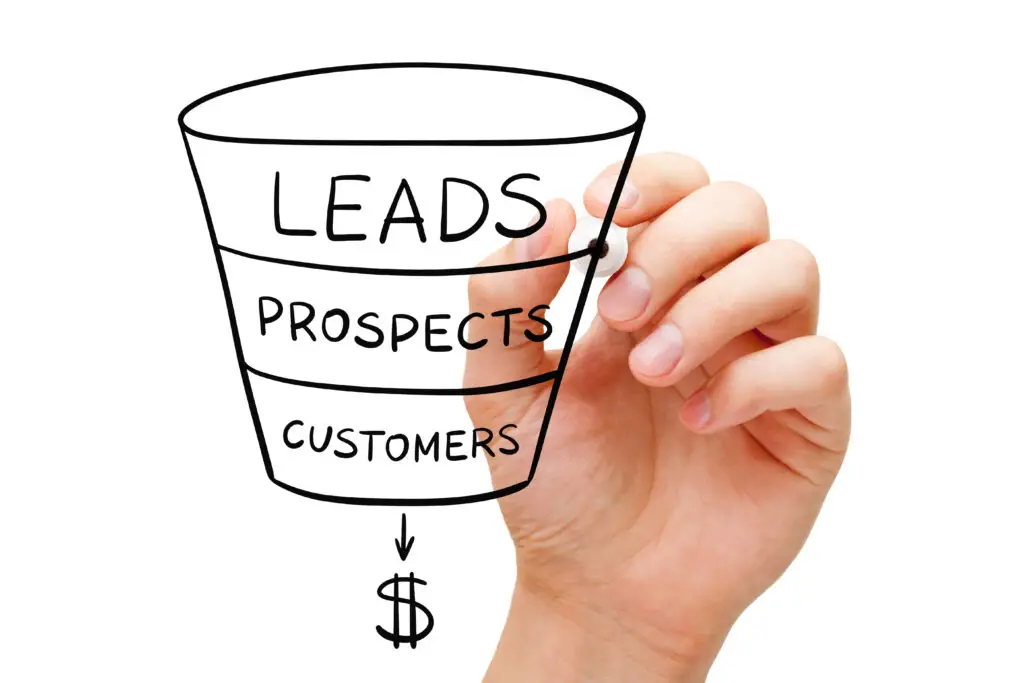A sales funnel is crucial for any business wanting sustained growth. It’s a reflection of the customer’s journey through the purchase process—it begins right when they become aware of your business or product and concludes at the conversion stage. Moreover, it comprises important metrics that aid in determining whether your marketing and sales efforts are generating the desired results.

One tool that can be used to measure the success of your sales funnel is sales funnel analytics. What is it and what does it do? Its main function is to examine user action as they move through the purchase process, identifying bottlenecks that may be getting in the way of positive and fruitful customer experiences. It also measures points of success, such as the products bought. With these analytics, businesses can tweak their strategies to suit their marketing and sales objectives.
Gauging success
To say that the success of your marketing and sales strategies is utterly important is a total understatement. Thus, they should be measured at different stages of the funnel.
When you build sales funnels, there are specific goals you want to achieve, including increased leads, a higher conversion rate, and a reduced bounce off rate. However, success is abstract. What to do then? Having specific metrics is the answer.
Sales funnel metrics decoded
Sales funnel metrics are used to assess the performance of your sales funnel. They can be measured at different stages of the customer’s journey, making it easy to identify successes and weak points.
Sales funnel metrics include the following:
-
Leads
The people who notice and interact with your business—they’re your leads. They can come from landing pages, social media, SEO, or print media. While measuring the number of leads may be simple, the trick lies in the details. Now, this is where working with funnel software that supports data tracking becomes paramount. It can identify the quality of the leads, their cycle time, and the lead sources.
Knowing how long it takes for leads to move to the next stage can help you identify any bottlenecks. Also, getting to the bottom of the sources of your leads, whether they’re from sales activities or not, can help you understand your products’ reach. Moreover, knowing the quality of your leads will help you focus on high-quality ones, as you’ll have a bigger chance of converting them.
-
Conversion rate
The conversion rate is a metric that tells you the number of leads taking the desired action at the end of the sales funnel. It’s a crucial metric that shows how effective your sales team and materials are. It’s calculated by dividing the number of conversions by the number of leads you have. A good conversion rate should be between 2%-5%.
-
Acquisition cost
The aim of acquiring and converting leads is to increase revenue. However, the cost that goes into this process can also affect the revenue and should, therefore, be controlled.
The acquisition cost is the most important cost you need to know and control. This is all the marketing and sales expenses that go into acquiring a new customer. A good customer acquisition cost should be three times lower than the LTV to ensure the sustainability of your marketing expenditure.
-
Customer lifetime value (CLV)
You’re missing out big time if you’re not able to determine the revenue you can expect to get from one customer throughout the business relationship. We’re talking about customer lifetime value or CLV. To determine this, simply multiply customer value by the average customer lifespan.
Customer value is the perceived satisfaction they get by using a product or a service. You can arrive at this number by multiplying the averages of purchase value and number of purchases. On the one hand, the average customer lifespan is the average number of days between your customers’ first and last orders.
Pointing out trends and patterns
How crucial are patterns and trends within the sales funnel? They can help identify customer behaviors, which, in turn, allows you to know how to optimize the sales process to boost conversion rates.
All this can be achieved through analyzing historical data in your business. Some of the information to check includes changes in product purchases and if customers from a certain demographic are more likely to convert than others. These patterns are crucial in detecting any changes that may be boosting or hurting your sales, helping you tweak your strategies accordingly.
Identifying pain points
Pain points are specific problems that your leads face in the sales funnel. How you handle them can determine whether or not they convert. The best ways to identify these issues are:
-
Analyzing bottlenecks
If you’re wondering why customers aren’t taking the desired actions, analyzing bottlenecks and drop-off points can point you to the answers.
You can use a funnel analytics tool to identify how many visitors are entering the funnel and where they’re dropping off. You can then calculate the drop-off rate at each stage to determine the most problematic areas. Next, focus on understanding why they’re exiting the funnel. It could be that they aren’t interested in your products, or the marketing materials don’t resonate with them.
Of course, addressing such issues is crucial. For example, if customers are abandoning carts, simplify the process by embedding payment methods so they don’t have to leave your site before completing the purchase.
-
Understanding customer behavior and preference
Customer behavior and preference provide a detailed view of their pain points. One of the best ways to figure them out is to ask for customer feedback. This can be done through surveys and interviews. You can also create pop-up forms whenever customers exit before completing the desired action, asking them the reason for their departure.
Website analytics tools are also a godsend in this regard. They can show you which pages your customers are visiting, how long they’re staying on each page, and where they’re dropping off.
Here are some of the top reasons customers may not be completing the purchase:
- They’re confused about the next step to take on your website.
- They may be encountering technical difficulties.
- They may not be convinced that a particular product or service can truly benefit them. This could stem from a lack of information, making them feel unsure whether your offering will meet their needs.
Once you’ve identified customer behavior and preference, it’s now time to set your marketing and sales strategies to suit particular customers. For example, if they’re dropping off because of a lack of information, you can create blogs, product-led content, and reviews to provide more information.
Conclusion
Through sales funnel analytics, you’ll not only be able to identify the challenges your customers face, but also determine strengths of your marketing and sales strategies. By generating these crucial pieces of information, you can work on effectively removing these pain points and boosting revenue.









0 Comments